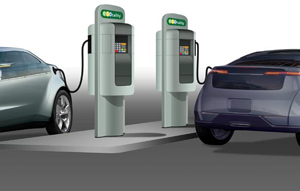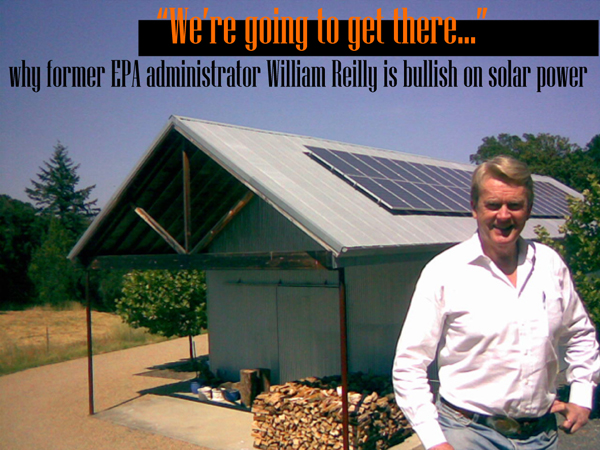When the camera moves across the gallery during tonight’s State of the Union, keep an eye out for two Arizona leaders in clean, renewable energy. Dr. Jeffery Britt, head of Tucson-based Global Solar will be there as a guest of Representative Gabriele Giffords (D-AZ). Donald Karner, the CEO of Phoenix’s own eTec, will be in the gallery, too, invited by First Lady Michelle Obama.
Global Solar
Britt’s company produces a variety of solar products, using the thin-film solar cells manufactured at its twin Tucson plants. One plant is powered by a 750 kW solar field.
“After working for many years in the solar energy industry,” Britt said earlier today.
“I am particularly interested to learn about the president’s proposals on renewable energy. Besides energy, there are so many critical national issues at stake now – health care, jobs, the economy – that make this a truly historic moment. I suspect that passion will be running high in the president and all the members of Congress. Television just cannot capture those feelings. I’m grateful to Congresswoman Giffords for giving me the opportunity to be present at this event.”
eTec
Donald Karner’s company should be familiar to Phoenix Sun readers. We’ve reported several times on eTec’s work designing, building and deploying new-generation battery chargers for electric vehicles.
eTec received nearly $100 million in stimulus funds to (I can’t help myself) jump-start the EV industry with charging stations being built in four states, primarily along highway corridors between major cities. eTec is installing several chargers along Interstate 10, for example, between Phoenix and Tucson.
It’s an exciting moment for clean, renewable energy in general and for solar power in particular. As the Senate drags its collective feet on passing a climate bill, companies like Global Solar and eTec are helping to reshape our economy, climate and even our way of life.
If you want to know the state of the Union, tune in tonight. When the camera is pointed at the gallery, you may get a good glimpse of the positive changes already underway here in Arizona — and throughout the Nation.
Filed under: All, CO2, Laws, Renewables, Solar, Southwest
Trackback Uri












